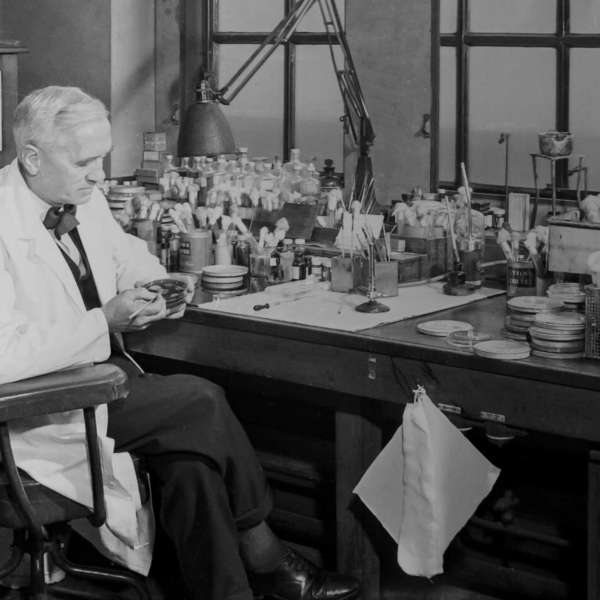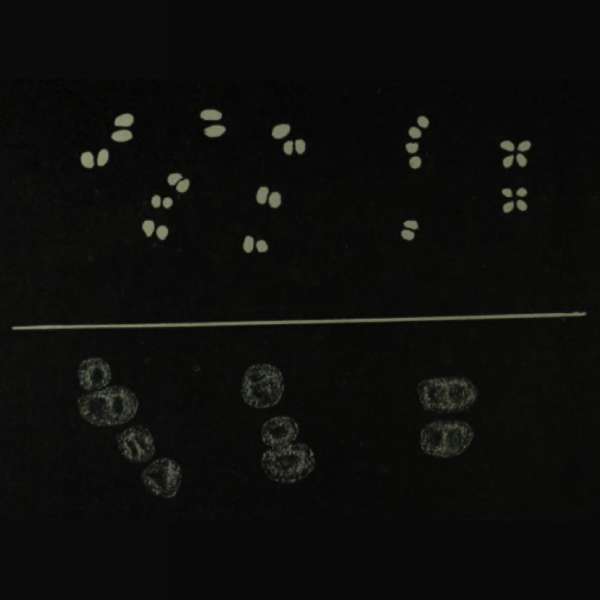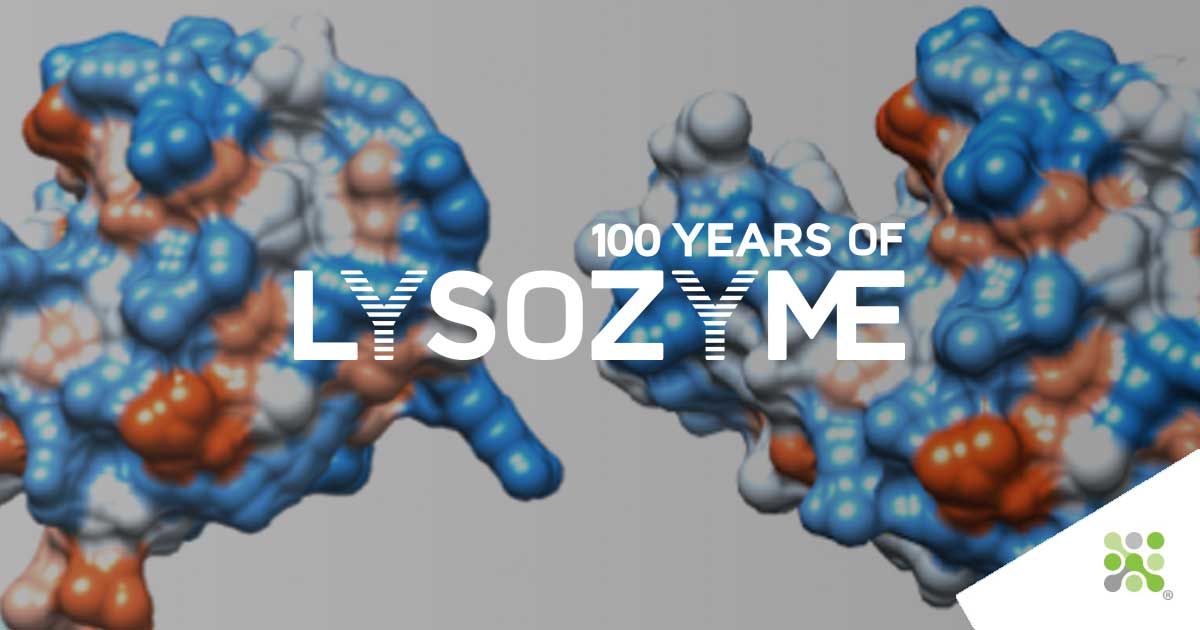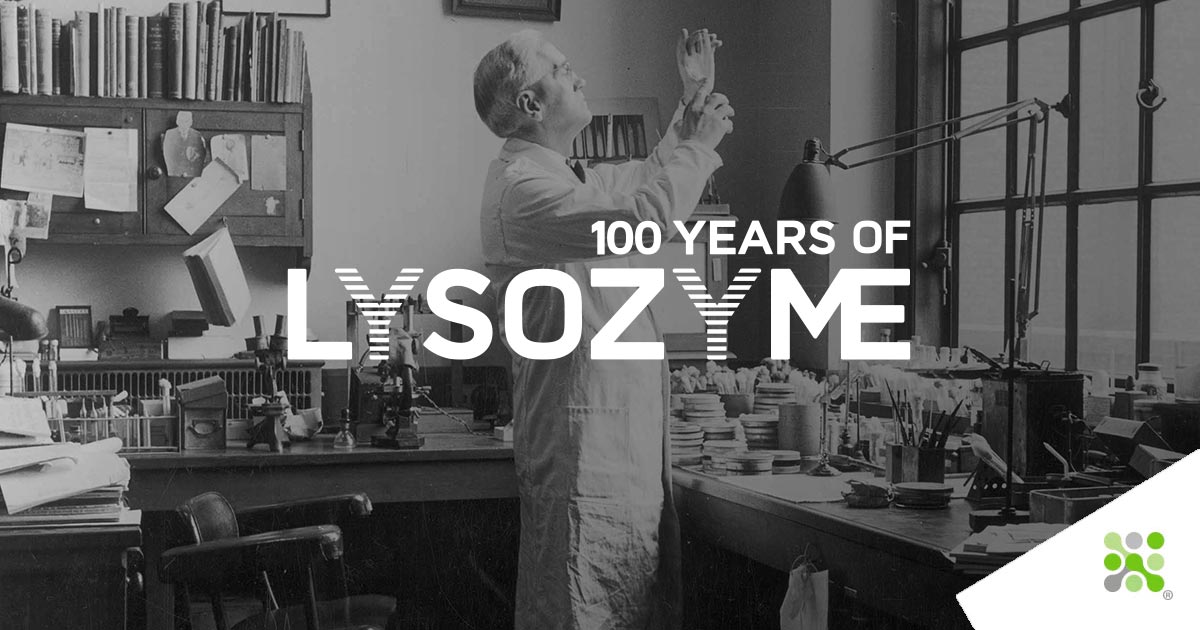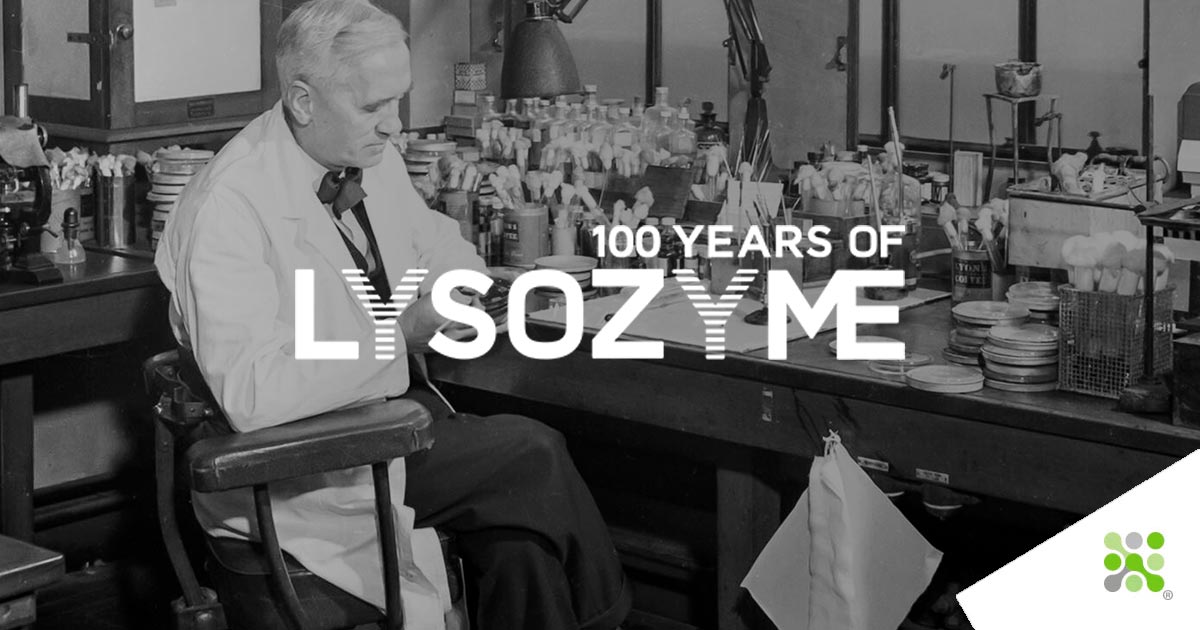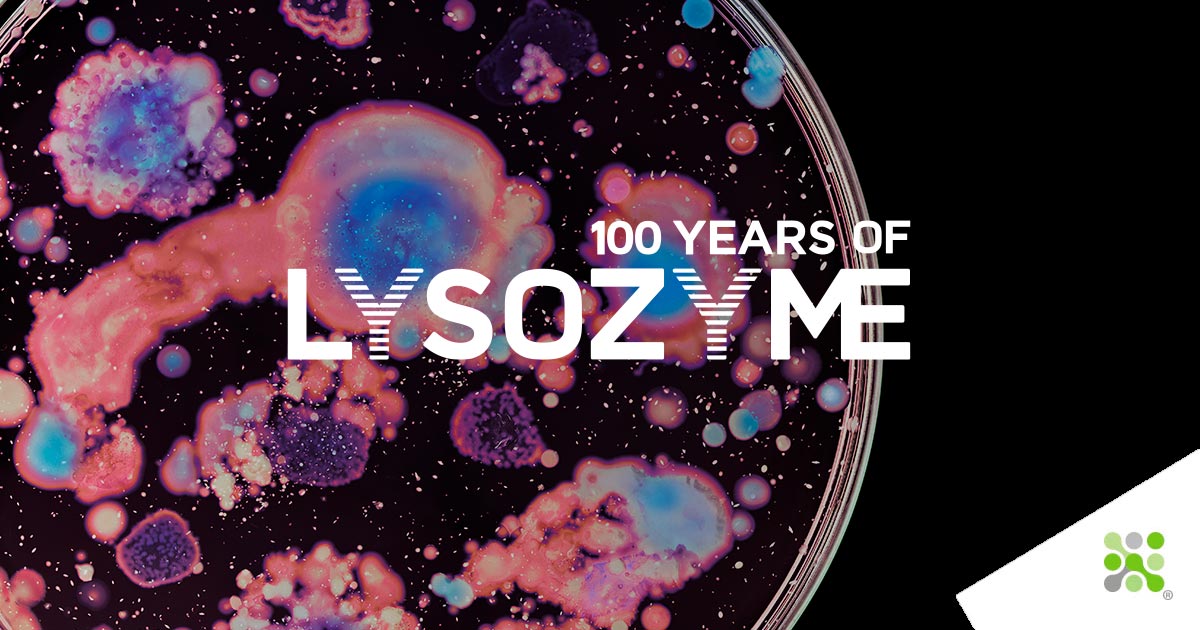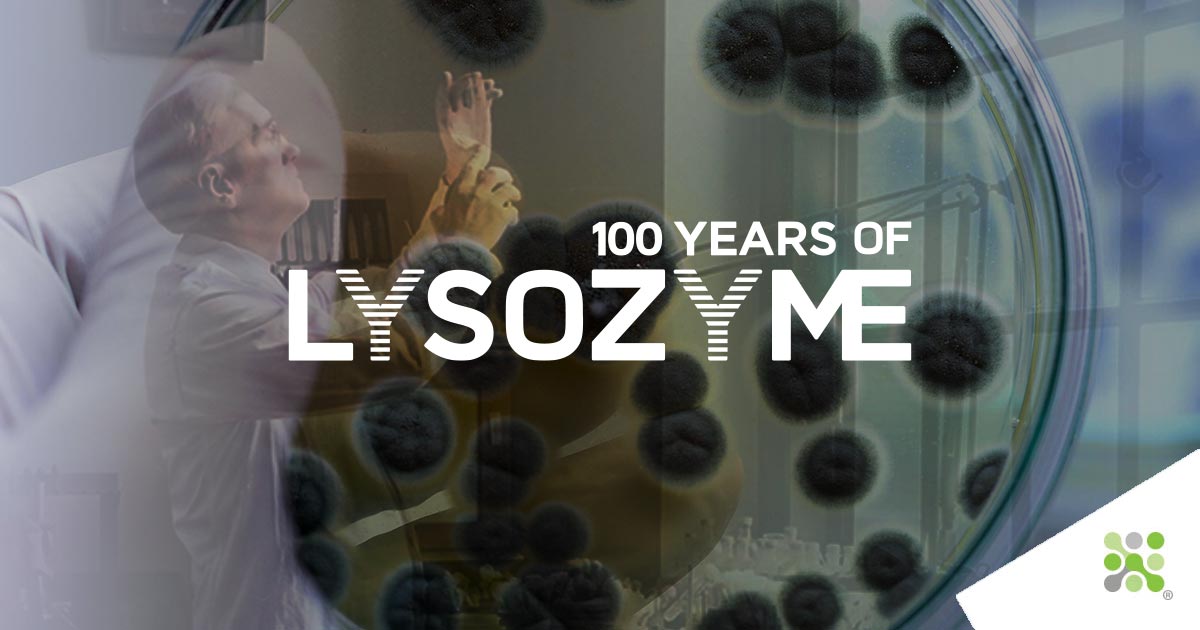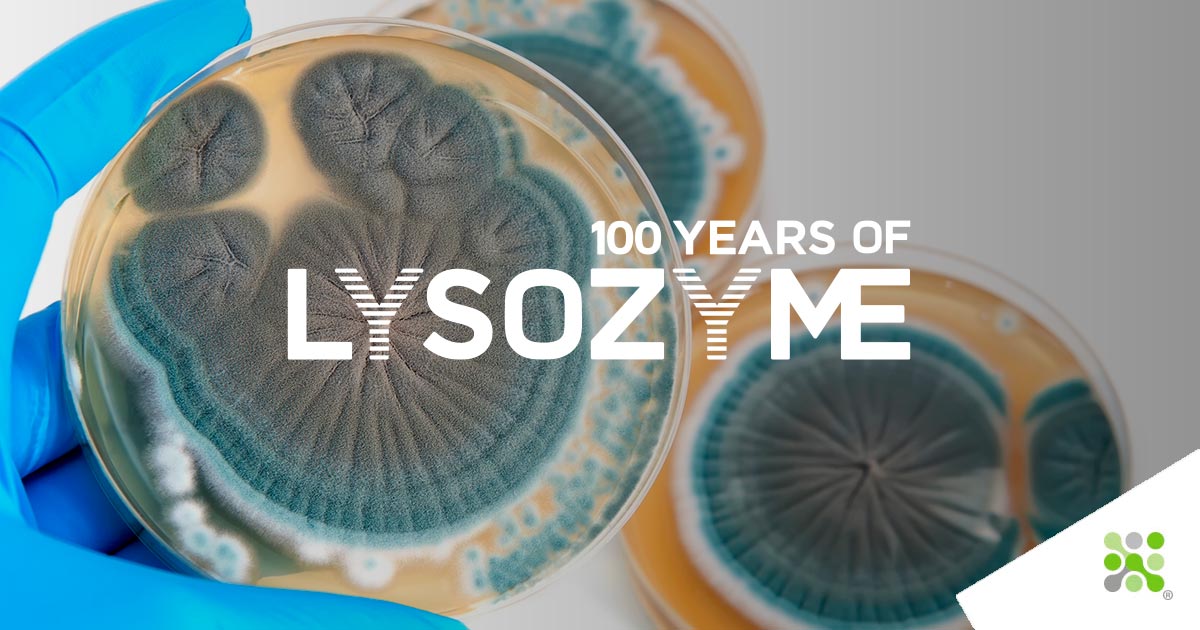Fleming's initial lysozyme paper, hindered by his shyness and modest lecturing, received a lukewarm reception, as noted by Allison.
Fleming’s shyness, his being “not a great lecturer,” as acknowledged by Allison, may partly account for the poor reception received at the first reading of the initial paper describing lysozyme. At this presentation in December 1921 held at the Medical Research Club, an exclusive audience of the leading medical practitioners, no questions were asked1. There was no resulting discussion. This was a sign that the work was considered irrelevant, likely due to its lack of efficacy against human pathogens. What wasn’t appreciated by the audience is that the reason for this inefficacy was precisely borne out of the body’s existing use of lysozyme. The remaining bacteria capable of evading lysozyme are then the ones that could affect us.
Work continued despite the poor initial reception, with 1922 publishing the first two papers describing lysozyme and the earliest findings around its capacity to kill bacteria.
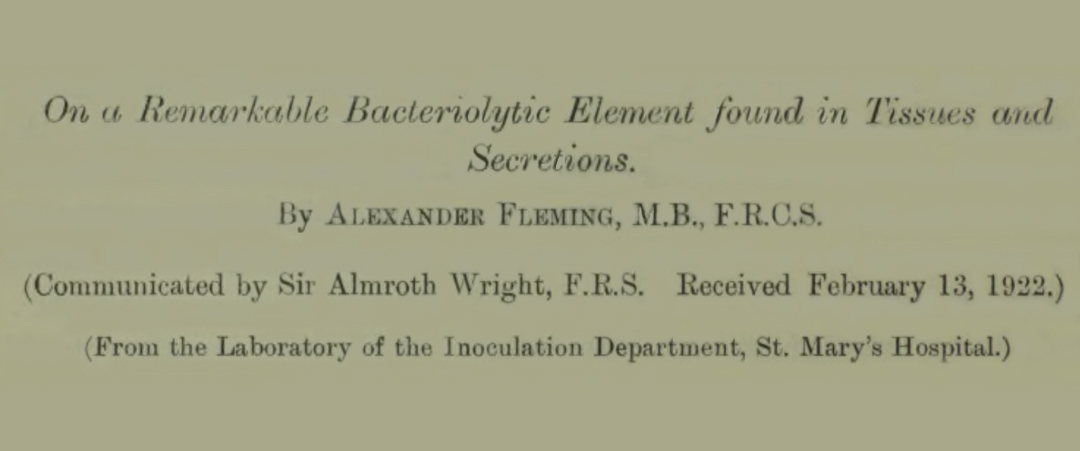
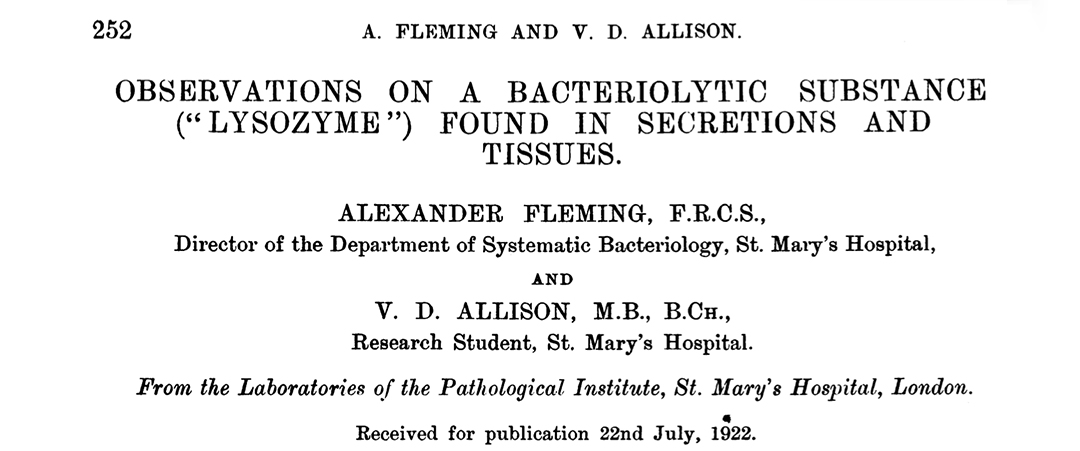
Blood, spit, tears, and eggs
Fleming’s first paper set out the primary findings of the discovered properties of lysozyme, beginning with a recapitulation of its chance discovery in nasal mucus2. Through an elegant series of increasingly complex experiments, mucus, tears, and sputum (spit) were demonstrated to possess bactericidal activity.
One notable example used a cup made of agar (a jelly-like substance extracted from seaweed) to hold tears, onto which further agar layers were added. These layers, acting as a physical filter, showed the ability of lysozyme to diffuse through, dissolving the thick coat of bacteria grown above (Figure 1). This experiment co-incidentally resembles a fried egg; the centrally embedded cup of tears destroyed bacteria in its vicinity.
Figure 2 demonstrates lysozyme’s activity against streptococci. On the upper half of the agar plate, we see a thick ‘lawn’ of bacterial growth, with bacterial colonies expanding to such an extent that they are inseparable from one another. On the lower half, tears diluted 100-fold were added to the dish. Here we see a dramatic reduction in bacterial growth, with individual colonies identifiable, showing the potency of lysozyme in tears.
While tears diluted to 1% concentration retained their capability of killing bacteria, egg whites still functioned after 1 in 50 million dilutions. Put another way that is the same as if you were to divide one large beer (500ml) across 500,000 standard kegs (50l each).
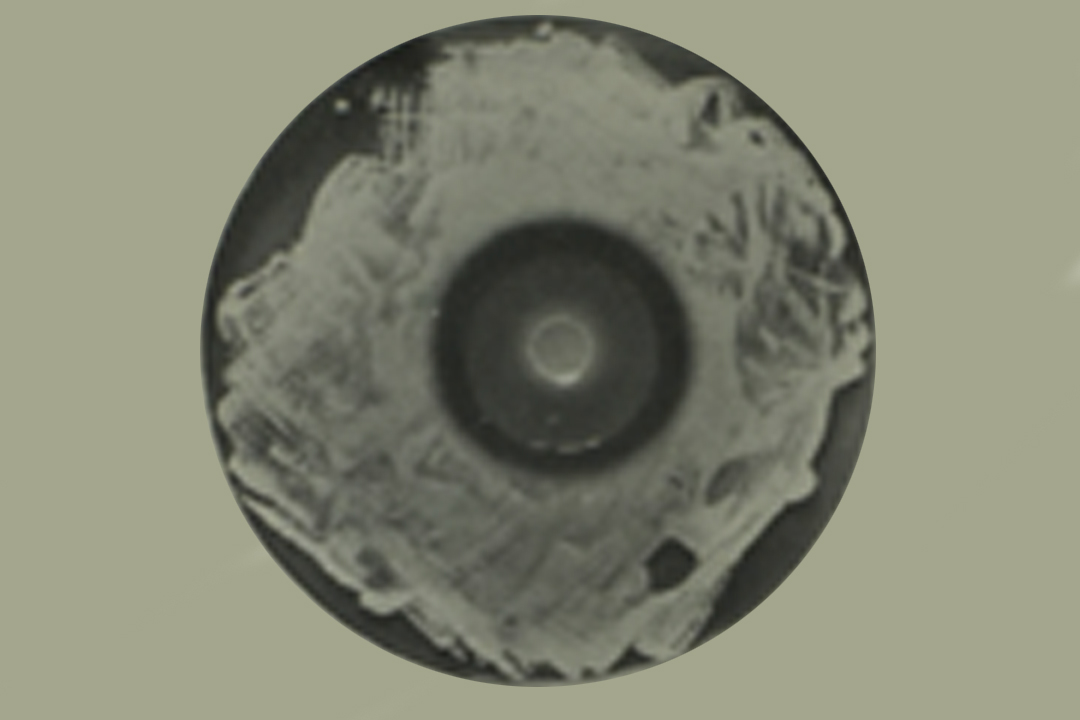
Figure 1

Figure 2
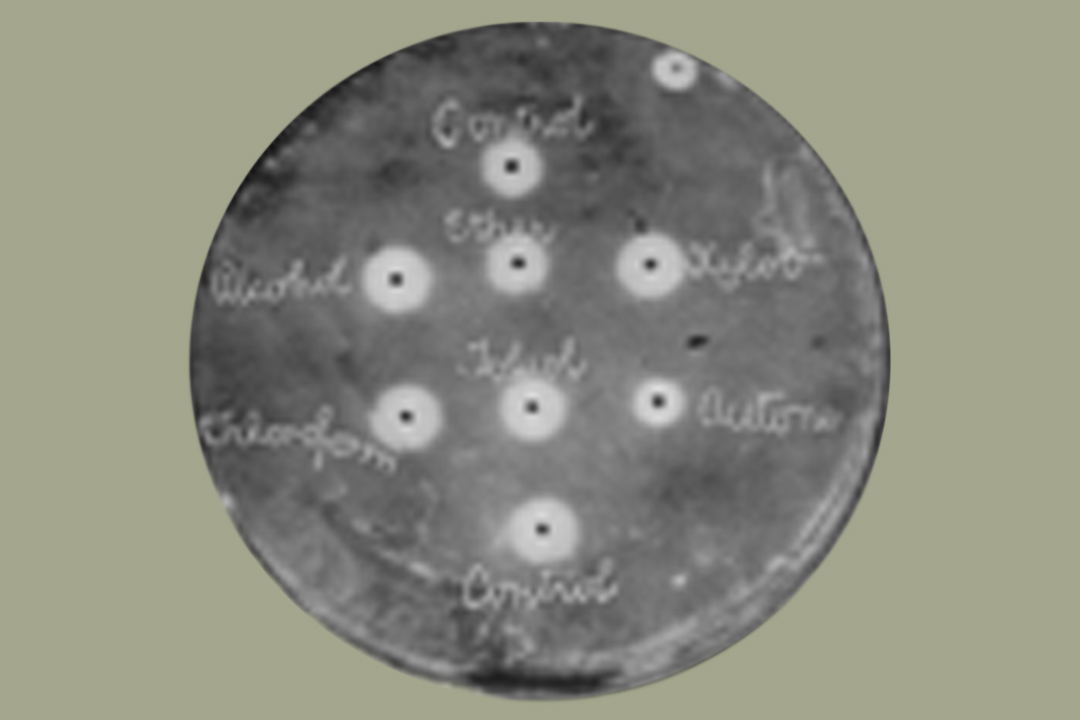
Figure 3
Egg Lysozyme: extreme stability
In the paper that followed, the examination of eggs and their lysozyme content continued3. Here, the eggs of the pike caught at Fleming’s country house were put to the test1. These fish eggs were first dehydrated by immersion in acetone for 24 hours, then subjected to three months of immersion in a range of harsh chemicals and solvents including chloroform and xylene (Figure 3).
Remarkably, once embedded into an agar dish with a thick coating of bacteria, the egg’s lysozyme was found to still be active! The pike eggs, appearing as small black dots, cleared the bacteria in their vicinity (Figure 3), revealing the incredible stability of lysozyme.
References
- 1. Allison VD. Personal recollections of Sir Almroth Wright and Sir Alexander Fleming. Ulster Med J. 1974;43(2):89-98.
- 2. Fleming A. On A Remarkable Bacteriolytic Element found in Tissues and Secretions. Proc. Royal Soc. B 1922
- 3. Fleming A & Allison VD. Observations on a Bacteriolytic Substance (“Lysozyme”) found in Secretions and Tissues. Br J Exp Path. 1922
100 years of Lysozyme
2022 marks 100 years since news of Lysozyme’s discovery reached the Royal Society. Let us take you on the journey of this 100-year story:

